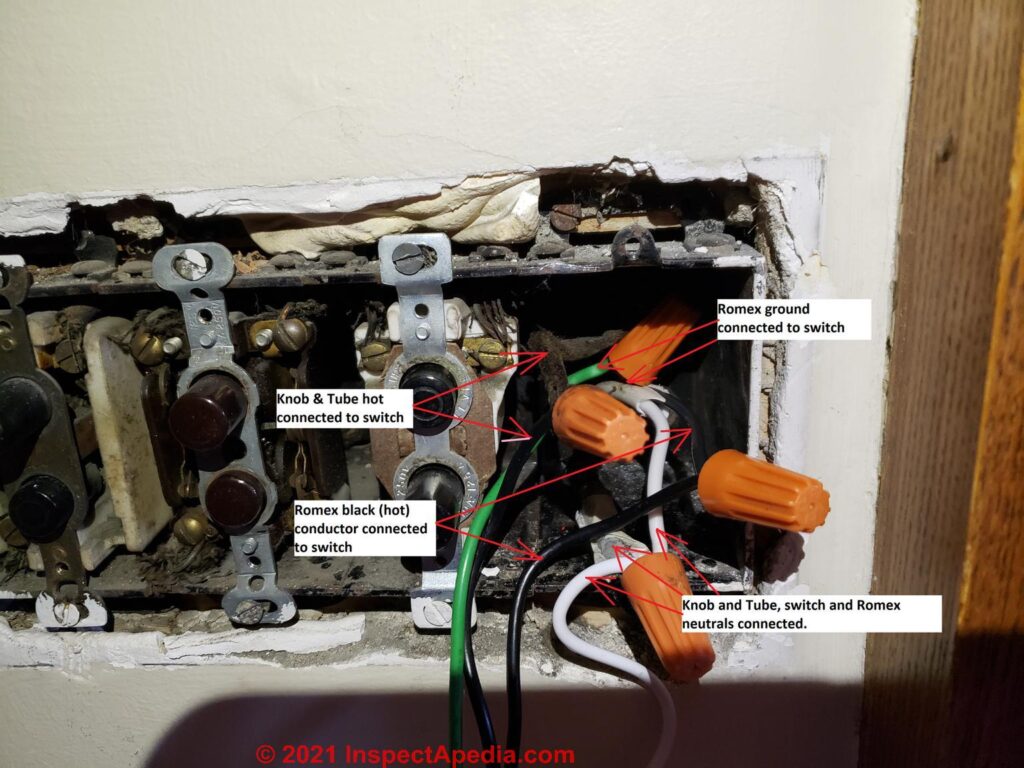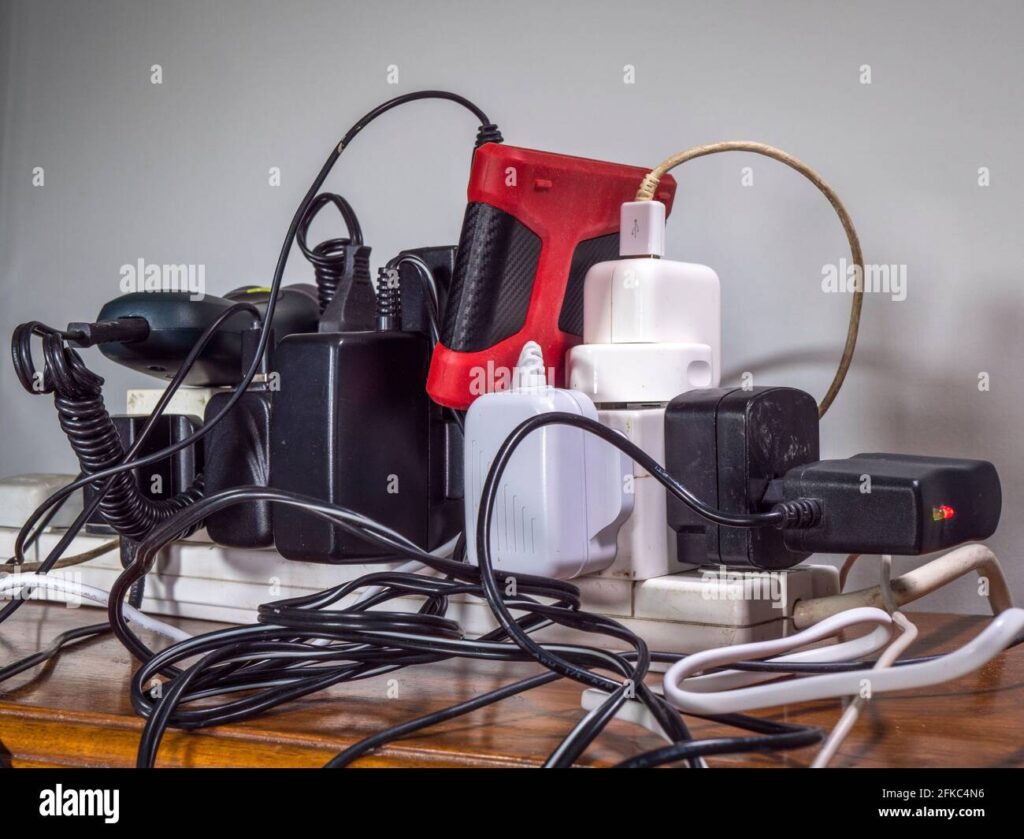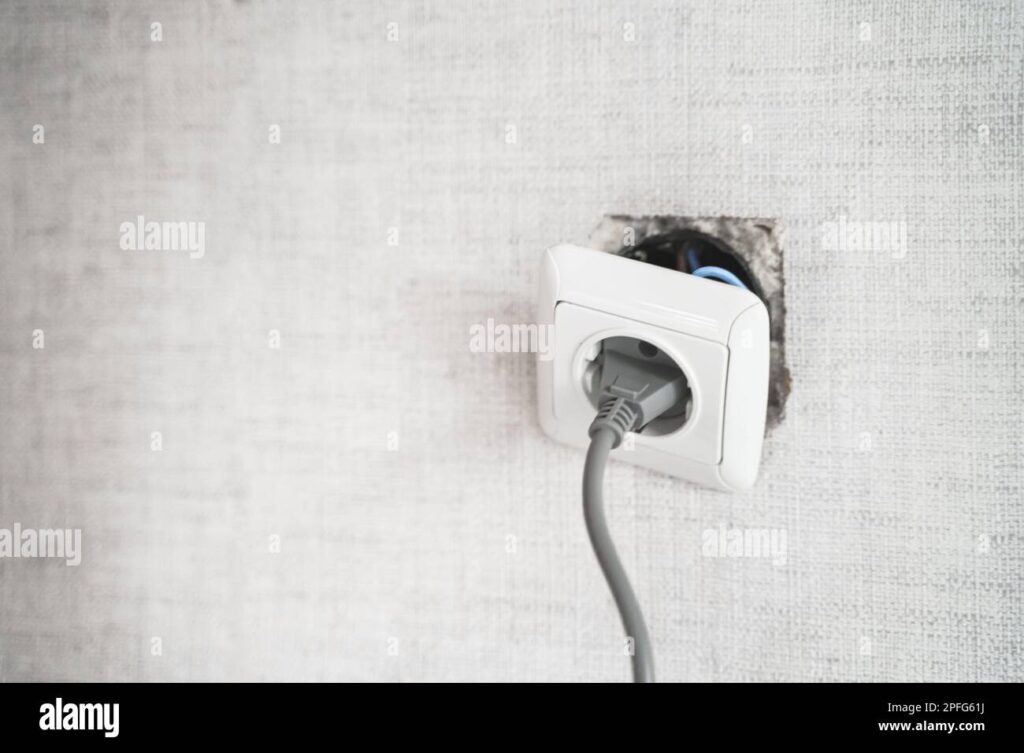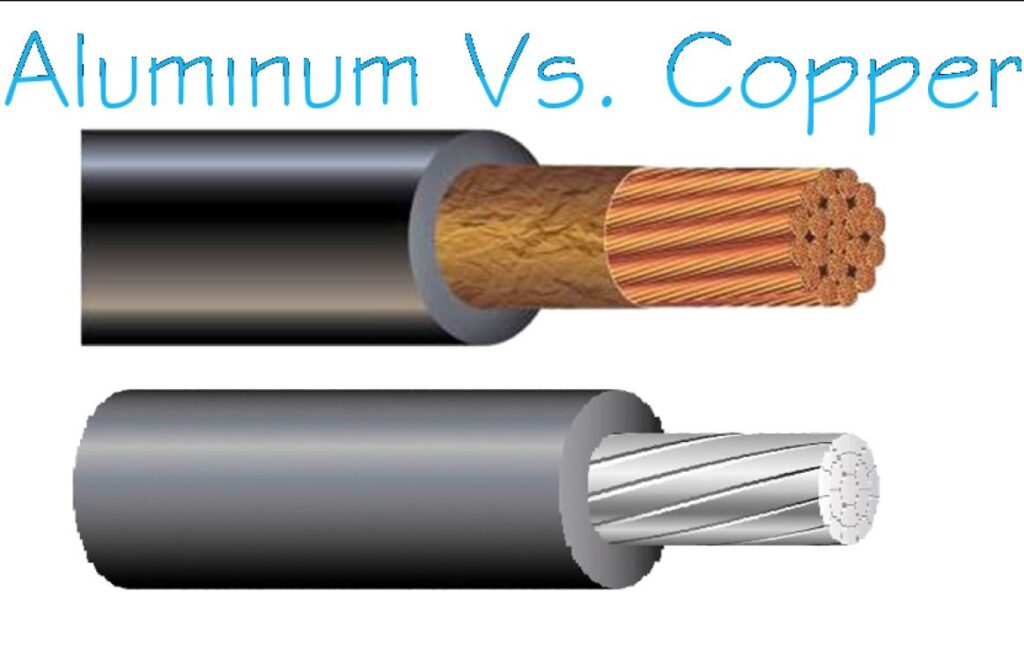What Are Some Common Electrical Problems in Old Houses
Older homes possess a unique charm, but they often come with outdated electrical systems that pose various hazards. Understanding and addressing these hazards is essential for ensuring safety and preventing potential accidents. In this article, we’ll explore some common electrical hazards found in older homes and provide tips for mitigating risks.
Outdated Wiring
Many older homes were built with outdated wiring systems that may not meet modern safety standards. Knob and tube wiring, prevalent in homes built before the 1950s, poses a significant fire risk due to its lack of grounding and insulation.

Overloaded Circuits
Older homes may have electrical systems that were not designed to handle the increased demand for power from modern appliances and devices. Overloading circuits can lead to overheating, tripped breakers, and electrical fires.

Faulty Outlets and Wiring
Worn-out outlets, frayed wiring, and loose connections are common issues in older homes. These defects increase the risk of electrical shocks, sparks, and fires. Additionally, outdated two-prong outlets may lack proper grounding, posing a safety hazard

Lack of Ground Fault Circuit Interrupters (GFCIs)
GFCIs are crucial safety devices that protect against electrical shocks in areas prone to moisture, such as kitchens, bathrooms, and outdoor spaces. Many older homes lack GFCI protection, increasing the risk of electrocution in these areas.

Aluminum Wiring
Homes built in the 1960s and 1970s may contain aluminum wiring, which is prone to oxidation and overheating. Without proper maintenance and precautions, aluminum wiring can pose a fire hazard and lead to electrical failures.

Overcrowded Junction Boxes
Over time, junction boxes in older homes may become overcrowded with wires, making it difficult to properly connect and secure electrical connections. Loose or exposed wires increase the risk of electrical arcing and fires.

Mitigation Strategies
- Schedule a professional electrical inspection to identify and address potential hazards.
- Upgrade outdated wiring systems to meet current safety standards, such as replacing knob and tube wiring with modern alternatives.
- Install GFCI outlets in areas where water is present to prevent electrical shocks.
- Upgrade circuit panels to handle the electrical load of modern appliances and devices.
- Replace worn-out outlets, switches, and wiring to ensure proper functionality and safety.
